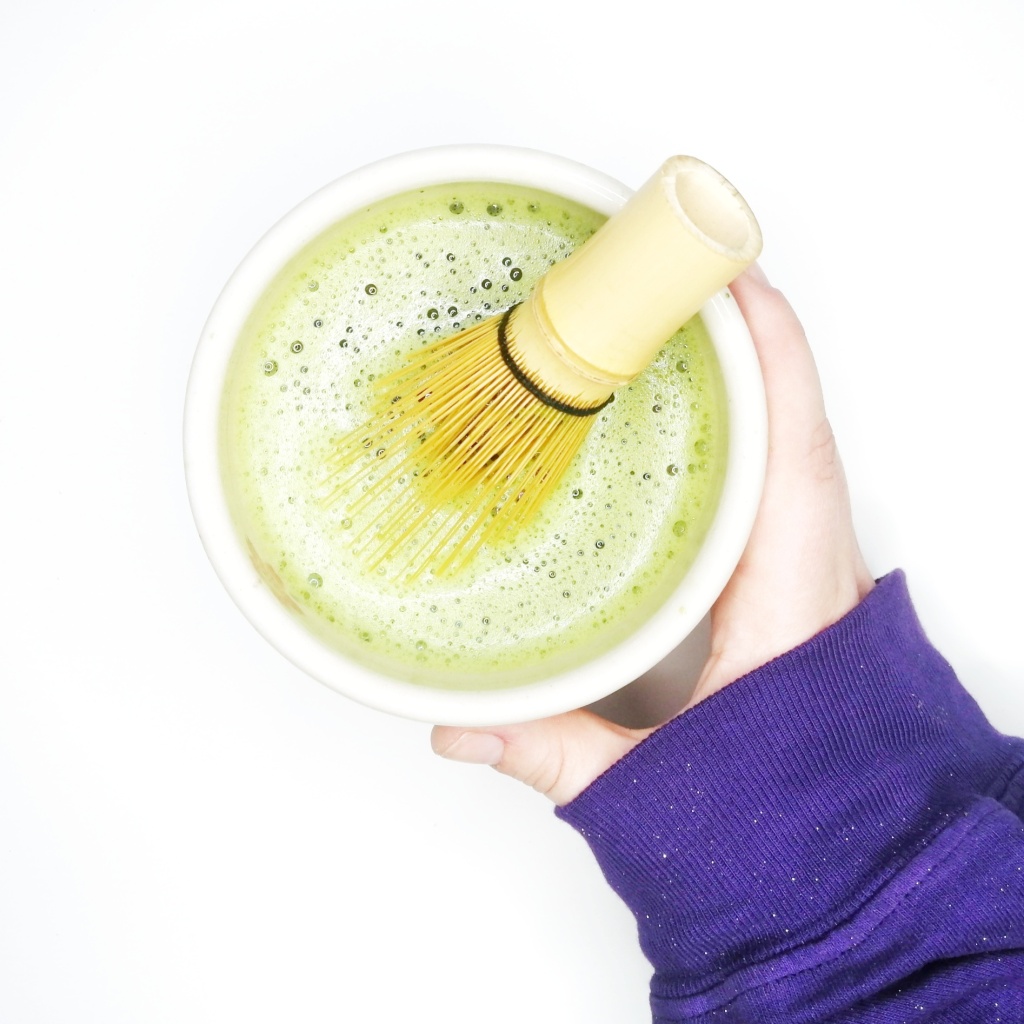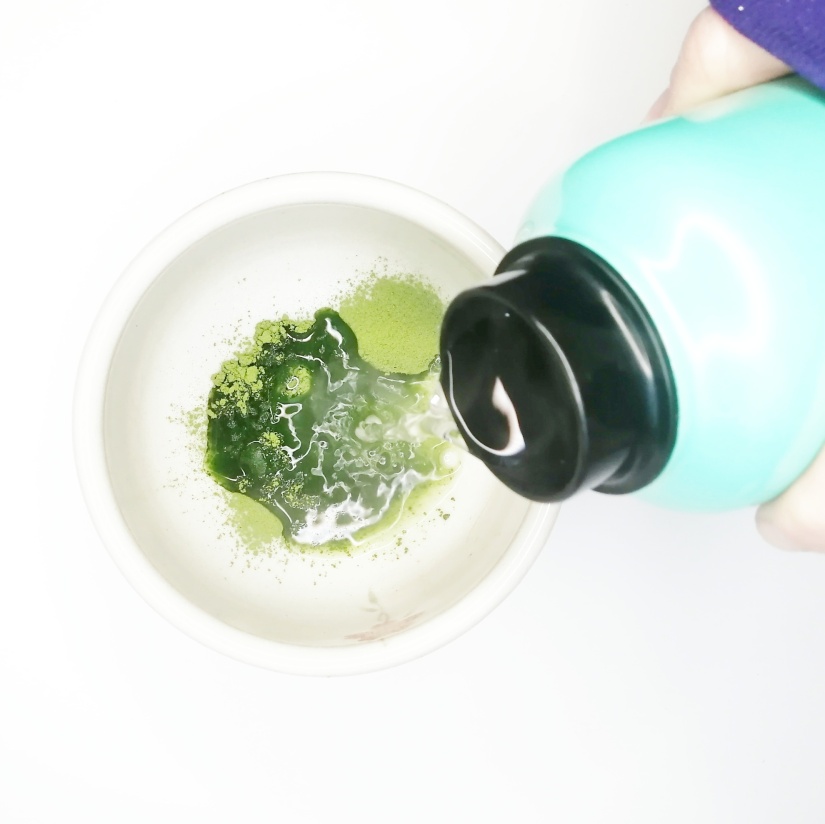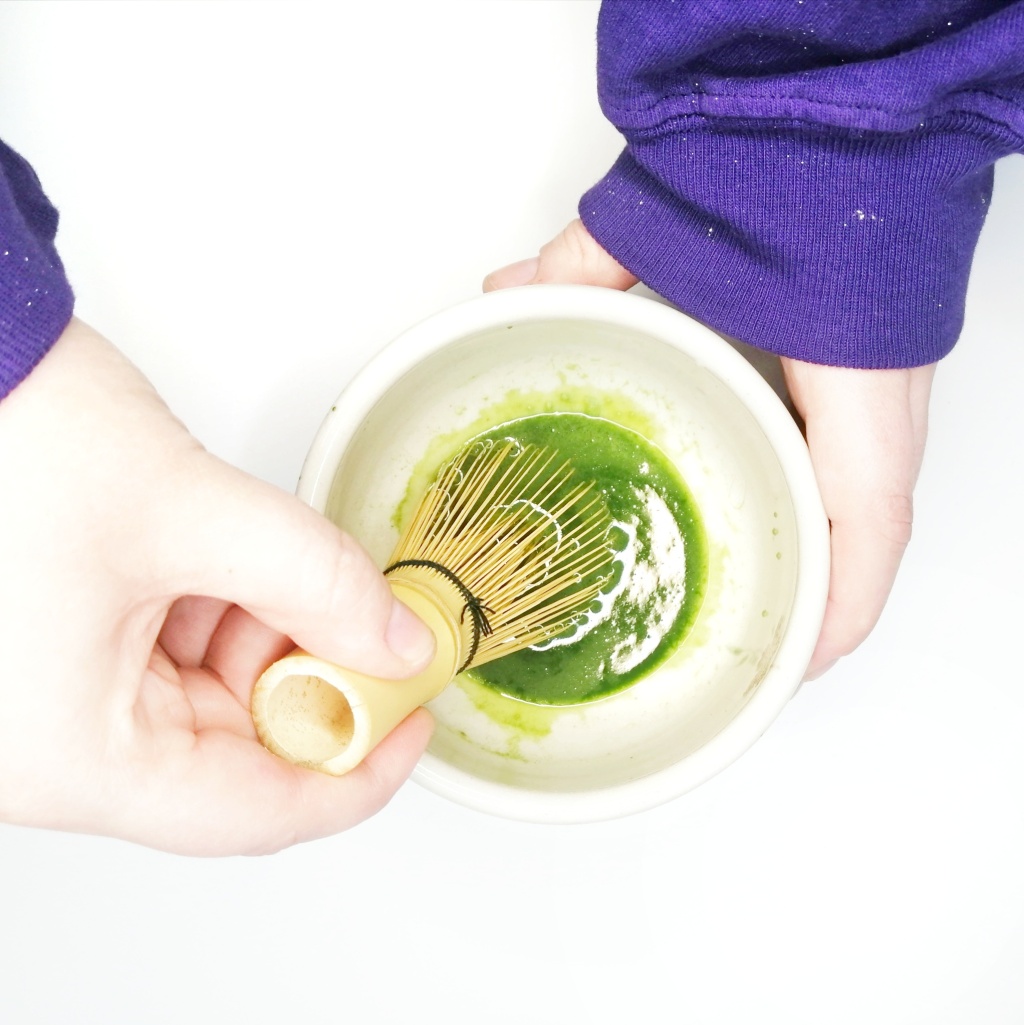Hey there Teacups! Happy Matcha Monday! Today marks the start of a brand new series that will be happening on some Mondays between other matcha posts titled Matcha Monday Masterclasses, a series which will revolve around teaching you everything you need to know about matcha! My aim with this series is help matcha newbies and even people who already love matcha learn all the in depth details and even do some more in depth learning my self in the process while I am putting these posts together for this series. I will keep this series going for as long as I feel there is need to, If there comes a point where I feel I have come to a point where I have shared all I can share and you are all clued up on matcha, I’ll put it on a hiatus rather than ending it just in case I happen to come across anything else I want to share in this series thereafter.
For the first post in this series we’re going to be looking into the ways in which you prepare matcha i.e. Koicha (濃茶 – Thick Tea) and Usucha (薄茶 – Thin Tea). There are three different schools of Japanese tea ceremony (Omotesenke, Urasenke and Mushakōjisenke) which I will do much more in depth posts on in the future as each have their own way of teaching the tea ceremony and their own techniques and intricacies. But, for todays post the information I’ll be sharing falls roughly under the way of teaching that the Urasenke school teaches as that’s what I have always done as it’s the most popularly used way of making matcha and I didn’t learn until early last year that it was actually specific to the Uarasenke school. Just for complete transparency, I do not study under the Urasenke School (yet) so if I do get anything wrong I completely apologise and feel free to correct me. If you want to find out more information about Urasenke you can find it here.
If you’re making Matcha while reading this post here are the tools you will need: A Chawan (Matcha Bowl), A Chasen (Matcha Whisk), A Chashaku (Matcha Scoop) and a mini sieve. Aside from your tea tools of course you will also need your chosen matcha, and your water steeped to 80ºC (176ºF). | Be sure to soak you Chasen in some warm water before you start to avoid breakages and help it be a bit more mailable. Also, it’s important to warm up your Chawan before we start too with some warm water, but make sure you dry it out before adding in the matcha.
So were going to start with Koicha (濃茶 – Thick Tea), Firstly you’ll need to take 2-3g of matcha and sieve it into your Chawan (If you are making koicha with the intention of drinking the matcha as koicha and not turning it to Usucha (薄茶 – Thin Tea) then I reckoned using 5 scoops of matcha, which is about 3.75 grams, and around 20 ml (0.66 oz) of water in total but you can still follow the same steps – but if you are new to matcha I wouldn’t recommend trying that just yet). Sieving the matcha may seem like an unnecessary step, but doing so results in a smoother bowl of matcha. Matcha has a tendency to clump together so sifting does a great job of avoiding this, if you don’t do it you’ll find that you get clumps of matcha stuck to your whisk, your bowl and each mouthful you take.
Pour just enough water over the powder to slightly wet it, I find 30ml is a good amount, and use your Chasen to make a paste and remove the remaining clumps if you haven’t sifted them out as you don’t want them left in there. I like to work with this paste and try and make it as glossy as I can. There was once a time when I never used to do this step when I prepared a bowl of matcha and looking back now I don’t know how I ever went so long without doing it because it really effects the texture and taste of the matcha.
Now we can mow on to Usucha (薄茶 – Thin Tea), take you Chawan and your prepared Koicha and add in around 60ml more water. Once you have added the water, hold one side of your Chawan with one hand and take your Chasen in the other. Slowly begin to whisk the Matcha moving your hand in a “W” or and “M” shape increasing the speedy gradually until a thick froth with small bubbles forms.
Make sure that you are gentle in terms of pressure, and make sure that your whisk does not touch the bottom of your bowl in order to avoid damaging your Chasen’s delicate prongs. The quality of your froth will depend on a number of thing: you whisking technique, the quality of your matcha, how much matcha you used, how much water you used, the quality of the match and the type of water you use (always use filtered water if you can). Once you are happy with the way that your froth looks, you can stop whisking and sit back and enjoy your matcha straight from the bowl. Be sure to take a few seconds before you drink to admire the matcha masterpiece you’ve created and take a moment to be proud of yourself!
So there you have it, that is how I have learnt to prepare matcha traditionally over the last few years. I am sure that somebody out there who actually studies the tea ceremony will probably tell me I make countless mistakes in the way that I prepare my matcha. But, until I start learning for myself this is what works for me, I have found no problems with preparing my matcha this way and I guarantee it will work perfectly for you as well, especially if you are looking to just get into the traditional side of matcha and the tea ceremony without getting into the whole tea ceremony.
I really hope this post helps those of you that are new to matcha jump start your journey with it and inspire you to try out preparing it traditionally to see if you are a fan. Matcha requires care and attention and does take a bit more effort than other teas but it pays off I assure you, once you find the perfect way to prepare it for you, you’ll fall in love with it and you’ll be drinking it each and every day.
If you have any suggestions as to what you would like to see featured in this series going forward, be sure to let me know in the comments. I’ll happily put together a post on anything you are wanting to learn about when it comes to Matcha. As always if you have any questions at all either stick them in the comments or send them to me on Twitter/Instagram @teaisawishblog and I’ll answer them all as soon as I can.
Speak to you all again soon. Happy Steeping – Kimberley






Leave a comment